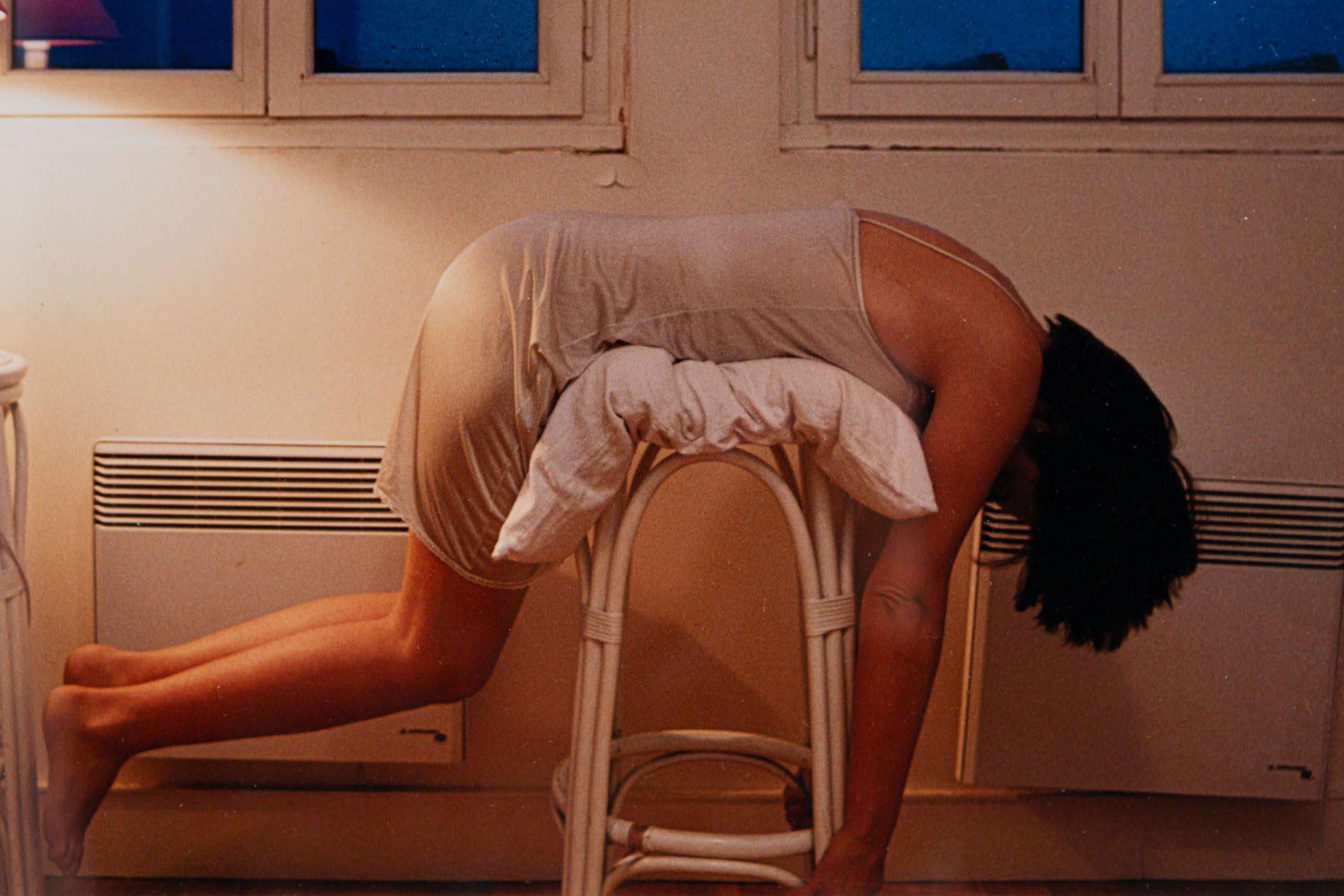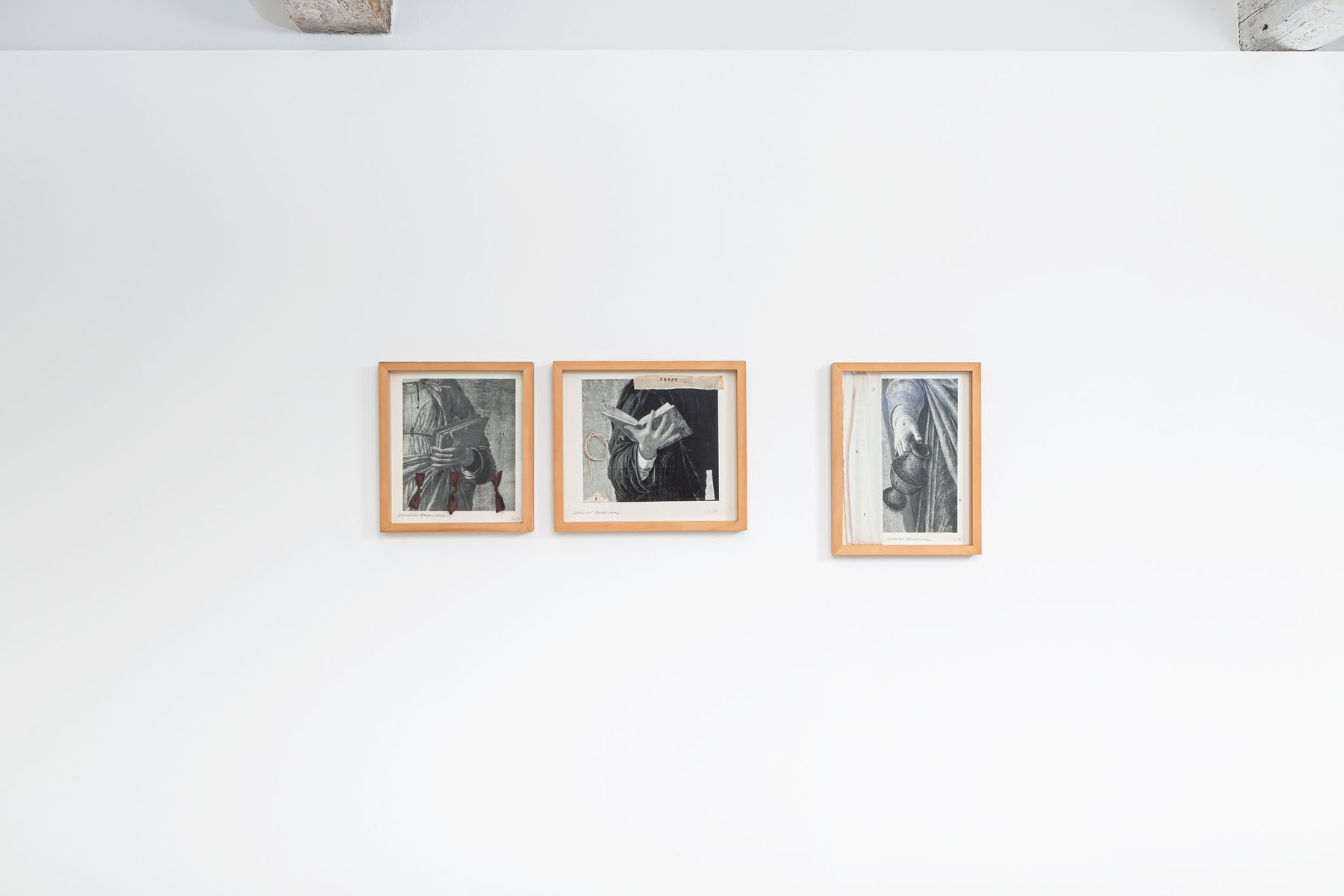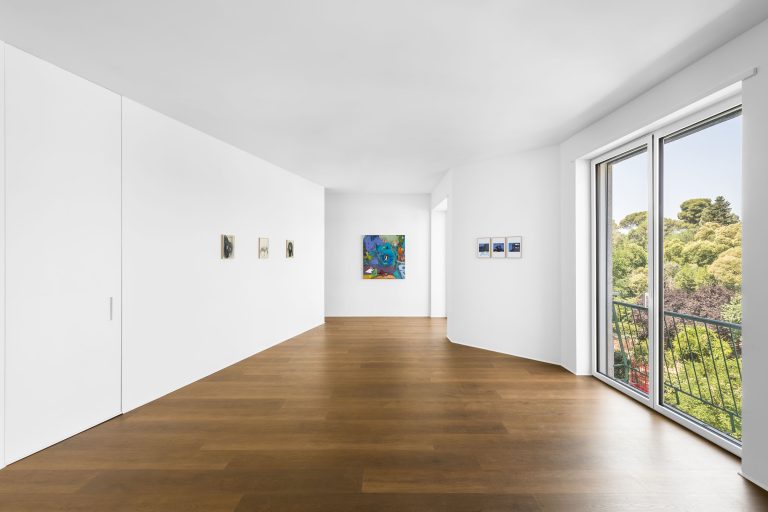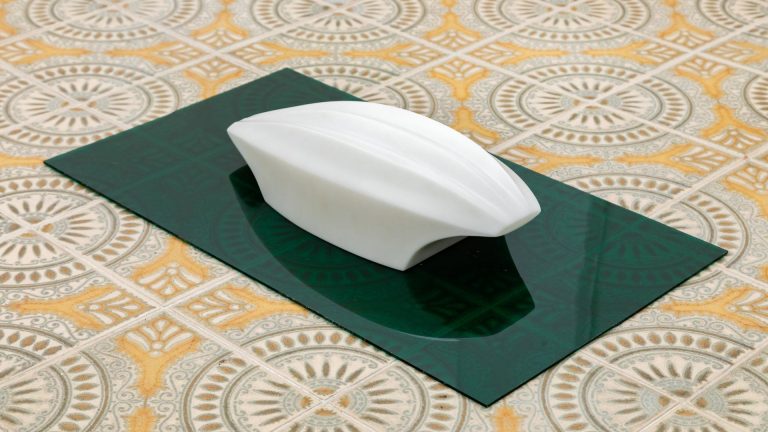Artists: Maurizio Donzelli, Arthur Duff, Serena Fineschi, Aldo Grazzi, Silvia Infranco, Giulio Malinverni, Maurizio Pellegrin, Quayola, Donatella Spaziani, Marco Maria Zanin
Exhibition title: I dreamed a dream – Chapter 2
Curated by: Domenico de Chirico
Venue: Marignana Arte, Venice, Italy
Date: May 22 – September 26, 2020
Photography: © Silvia Longhi / all images courtesy of the artists and Marignana Arte, Venice
In the two works of Aristotle which deal with dreams, they have already
become a subject for psychological study. We are told that dreams are not
sent by the gods and are not of a divine character, but that they are ‘daemonic,’
since nature is ‘daemonic’ and not divine. Dreams, that is, do not
arise from supernatural manifestations but follow the laws of the human
spirit, though the latter, it is true, is akin to the divine. Dreams are defined
as the mental activity of the sleeper in so far as he is asleep.
Sigmund Freud, The Interpretation of Dreams, 1899 (Translation James Strachey, Perseus Books, 2010, p. 36)
Starting with Plato and Aristoteles, then going through the lyricism of Giovanni Boccaccio and successively the psychoanalytic theories of Sigmund Freud and Melanie Klein among others, up to the crucial discovery of the REM state owed to Eugene Aserinsky, dreams are unmistakably the action of the imagination during sleep.
Indeed, the dream (from Latin sŏmnium, derived from somnus, sleep) is a psychic phenomenon linked to sleep that generally occurs during the REM state and is strongly characterized by the perception, even fragmentary, of images and sounds recognized as apparently real, featuring a more or less coherent narrative structure, albeit often vain and fantastic, with prevailingly visual sensations and eventual emotional participation on behalf of the sleeping subject.
I dreamed a dream is designed as the content of a certain dream, never revealed, in which various images alternate, like the fantastic reproduction that occurs in the awareness of the content of a tangible experience or the free elaboration of what might be the content of said experience. The evanescence of each individual work, present even among the sculptural elements alluding to the materiality of reality, seems to murmur tales of dreams that together form a single dreaming chorus. A collective unconscious is thus decanted, but this is not the collective unconscious of Carl Gustav Jung’s theories that works backwad seeking an ancient substratum, but instead a dreaming unconsciousness that pursues fleeting lines on undefined backgrounds. Thus, a dream raised to its utmost potency, a dream dreamed made of so many dreams and of the flexible substance arisen from their interconnections.
Arthur Duff, Italian by adoption but American by birth, uses randomly paired combinations of words to create accidental verbal utterances, we might even call them Dadaist… They aim at creating a new typology of expression in which we observe the break-up of language, a cathartic process of all the universally recognized literary forms historically subjected to the ruling political-social conventions. Beyond its meaning, might we perhaps speak of a new wayfaring literature, in other words: travel literature? Equally emphasizing word and light viewed as founding elements in all his artistic research, Duff’s work – between laser projections combining artificial light and spatialized language, throbbing of images and stratifications intwined with stellar fragments – has always strived to create articulated virtuous spaces of experience, its guideline being that light is essentially the element that
anticipates the becoming of his works, while the word shapes them. Between time and duration, the Sienese Serena Fineschi explores the importance of interpersonal relations and uses various media to reflect on the transformations such bonds produce, starting from the encyclopedic presupposition whereby all human beings are intrinsically social and shaped by the experiences they share with the world around them, ever poised between outer time and inner time, where the former is based on the succession of instants and the latter constitutes life as it is lived. Aldo Grazzi, wide-ranging and largely influenced by several African tribes and music, promotes a specific esthetic action expressed in a painstaking, totalizing gestuality: paint, industrial mesh, chalk, beads and countless other materials are skillfully shaped to explore a new, sometimes fantastic way of conceiving sculpture with awareness and delicacy. The feminine touch of Silvia Infranco focuses on the embrace of painting and alchemy through her obvious skill in forming connections between organic and non-organic materials, creating works connotated by a strong temperament along with highly delicate tones. Young Giulio Malinverni’s training scarcely describes his painting, actually the artist graduated from the Venetian Institute for Cultural Heritage as a restoration technician specialized in frescoes and stone materials. His marbled brushstrokes are unstable however, tending to a highly Kafkaian metamorphism. Maurizio Pellegrin has always been drawn to the world of objects and the energy they emanate, seen as witnesses of human life. Numbers, symbols and metaphors merge with matter that in turn constitutes a constant presence in his works. The colors he uses are intentionally spare as they correspond to specific influences of a philosophical or psychological nature. More specifically, this series of silk prints titled The Saints could almost be called a triptych, in virtue of of the sacred theme evoked by its hagiographic allusions. Between Ancient Greece, academic painting, Baroque architecture, natural landscapes and personalized software, Quayola uses technology as a means for exploring connections between apparently opposite forces: real and artificial, figurative and abstract, old and new. Donatella Spaziani’s anatomical intimism, mostly expressed in drawing and photography, aims at exploring the deep relation between the surrounding space and the artist’s body in a complete assimilation. The research carried out by Marco Maria Zanin evolves semantically between the rural and peripheral areas of his native land and other industrialized cities steeped in technology discovered during his travels abroad, without ever losing sight of the eternal philosophic question of the form-matter duality, of their internal dialectic and the way matter outlines the world’s bi-dimensional nature; The style of the polyhedric artist Maurizio Donzelli has always been characterized by his focus on the concept of draughtsmanship, the revelation of the resulting image, the observer’s exigency to define the work, and prismatically the enduring light and color correlation. Through drawing, painting, the use of fabrics and colors, sculpture and installation, Donzelli constantly pursues a convergence with the real world – through the perception of it one has and the artistic representations associated with it -, without ever overlooking the concepts, both intentional, of reflection and distortion.
The exhibition is accompanied by a text by the philosopher Jonathan Molinari and by some verses by the contemporary poet Paolo Gambi, in the experimental perspective of an exploration of the relationship between visual art, literature and poetry.

























































